A Beacon of Health: Shelter of Hope Medical Clinic’s Journey
A Beacon of Health: Shelter of Hope Medical Clinic’s Journey
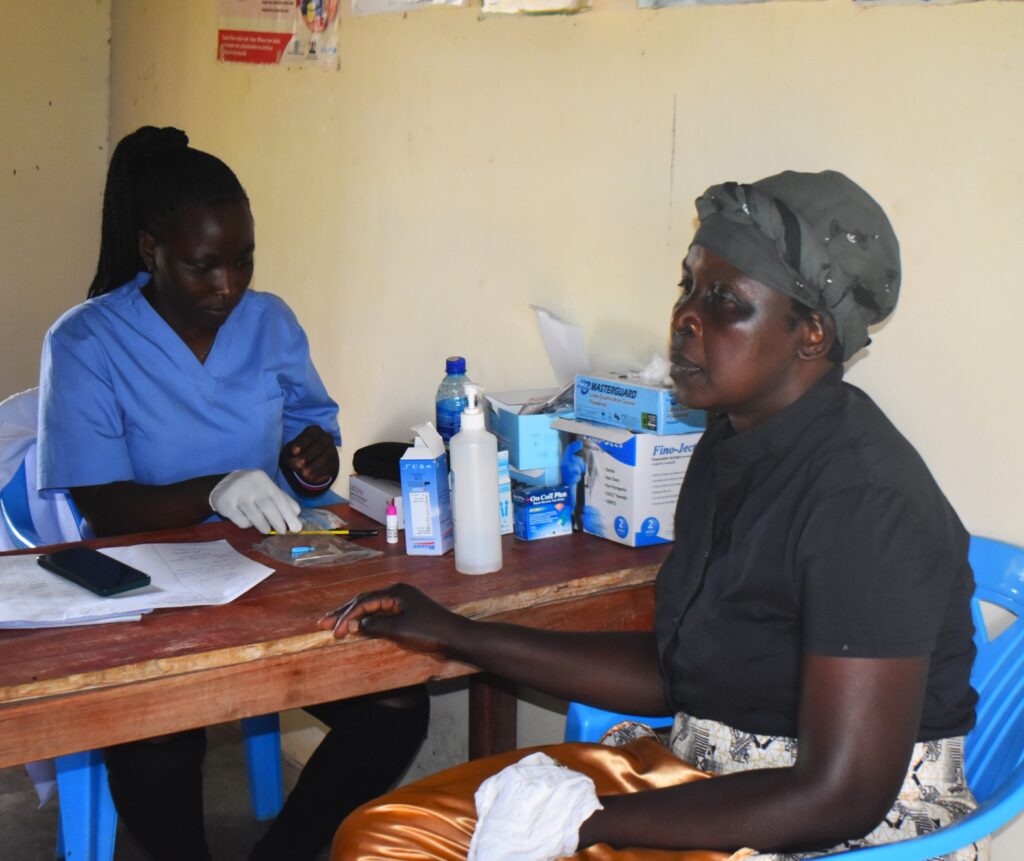
At the heart of Kagan Ward, in Rangwe sub-county, is a lifeline to a people who were once isolated from quality healthcare. Born from a modest but audacious dream in 2013, the Shelter of Hope Medical Clinic began with a simple yet brave vision: to bring healing and hope to an area where a routine to access medical service meant a 15-kilometer walk and a sub county hospital a 50- kilometer ride.
What began as an evangelistic venture and a free medical camp has grown to become a fully licensed Level 3A facility, rightfully certified and mandated by the Government of Kenya. But its past is greater than that of bureaucracy; it is one of resilience, compassion, and an unshakable commitment to some of the most needy of Homa Bay County’s populace.
The Heartbeat of the Community: Comprehensive Care Against All Odds
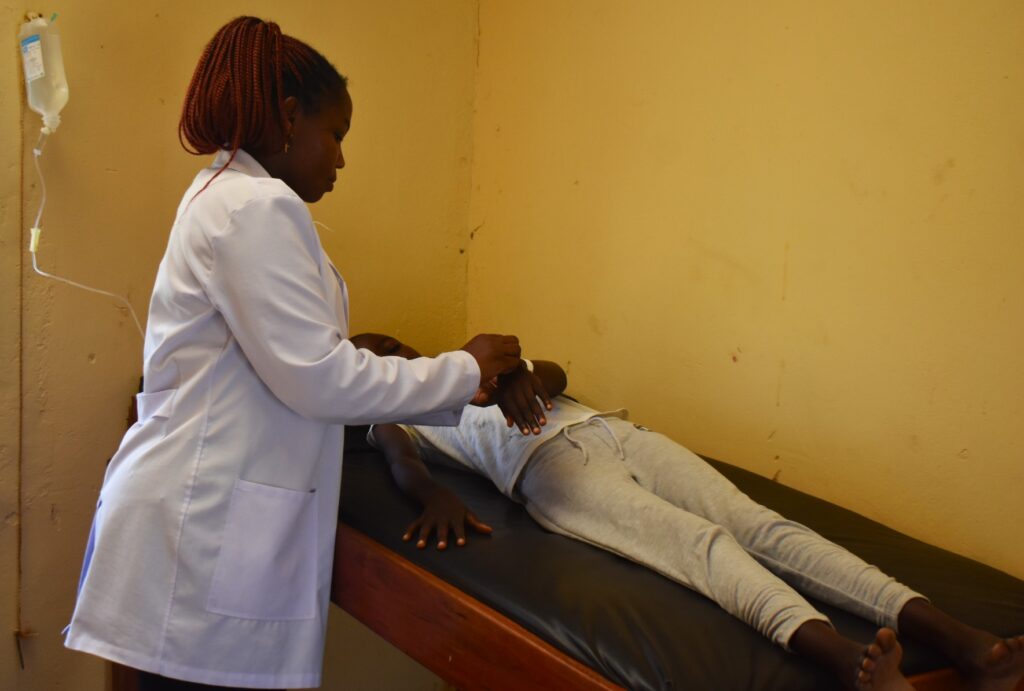
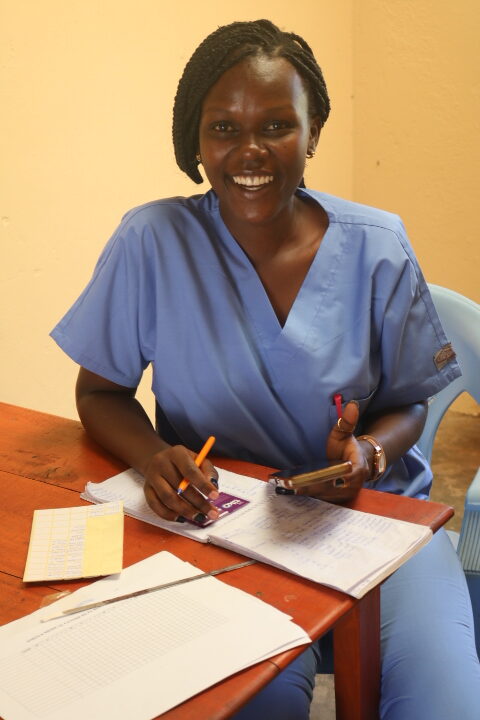
Operational with a dedicated but limited team of four—an administrator, two clinical officers, and a registered community nurse—Shelter of Hope provides an incredibly broad range of services. Their track record is enough to remind us all of what the small but dedicated team can accomplish.
The clinic’s mandate is a full scope of community health:
Maternal & Child Health: Providing key services like Antenatal Care (ANC), Postnatal Care (PNC), immunization of children through Child Welfare Clinics (CWC), and safe delivery for a mother in labor.
Prevention of Disease: Their Outpatient Department (OPD) treats common and major diseases prevalent within the area, including Malaria, Typhoid, Pneumonia, and Urinary Tract Infections.
Specialized HIV/AIDS Care: The clinic is an important partner in the fight against HIV/AIDS and offers complete care, prevention, and PMTCT (Prevention of Mother-To-Child Transmission) services.
Prevention and Outreach: Apart from curative care, the personnel focuses on health promotion, rehabilitation, and home-based care to ensure that their interventions extend beyond the confines of the clinic.
One of the pillars of their efforts is the free medical camp every December, which serves hundreds. They also give continuous, free medical attention to orphans and vulnerable children on sponsorship programmes, eliminating the financial barriers that usually discourage the ill from being treated.
Challenges on the Front line
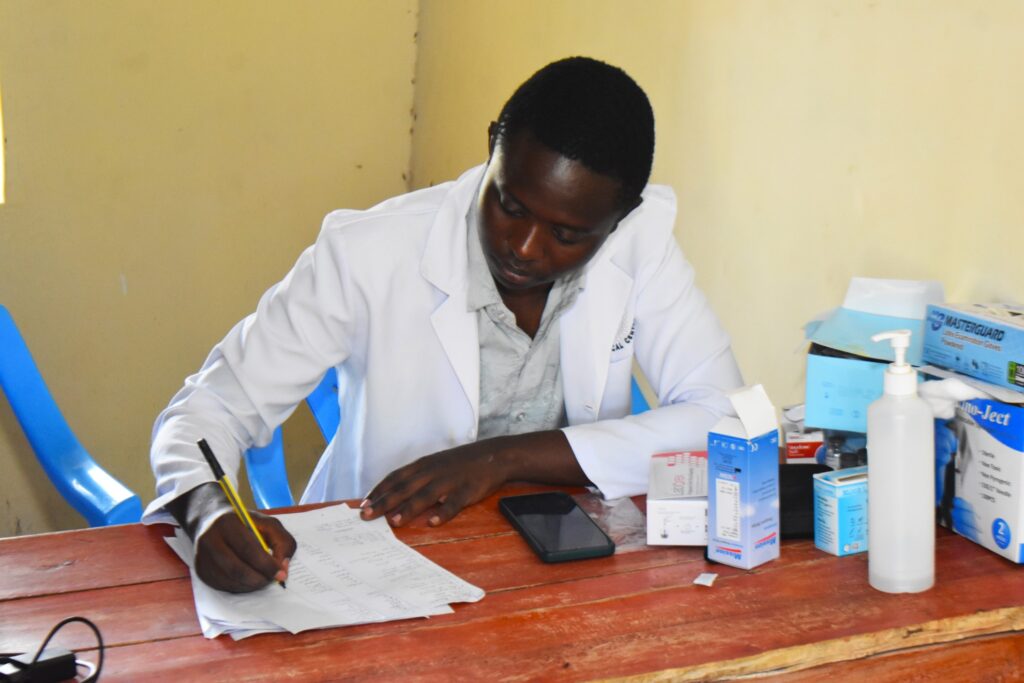
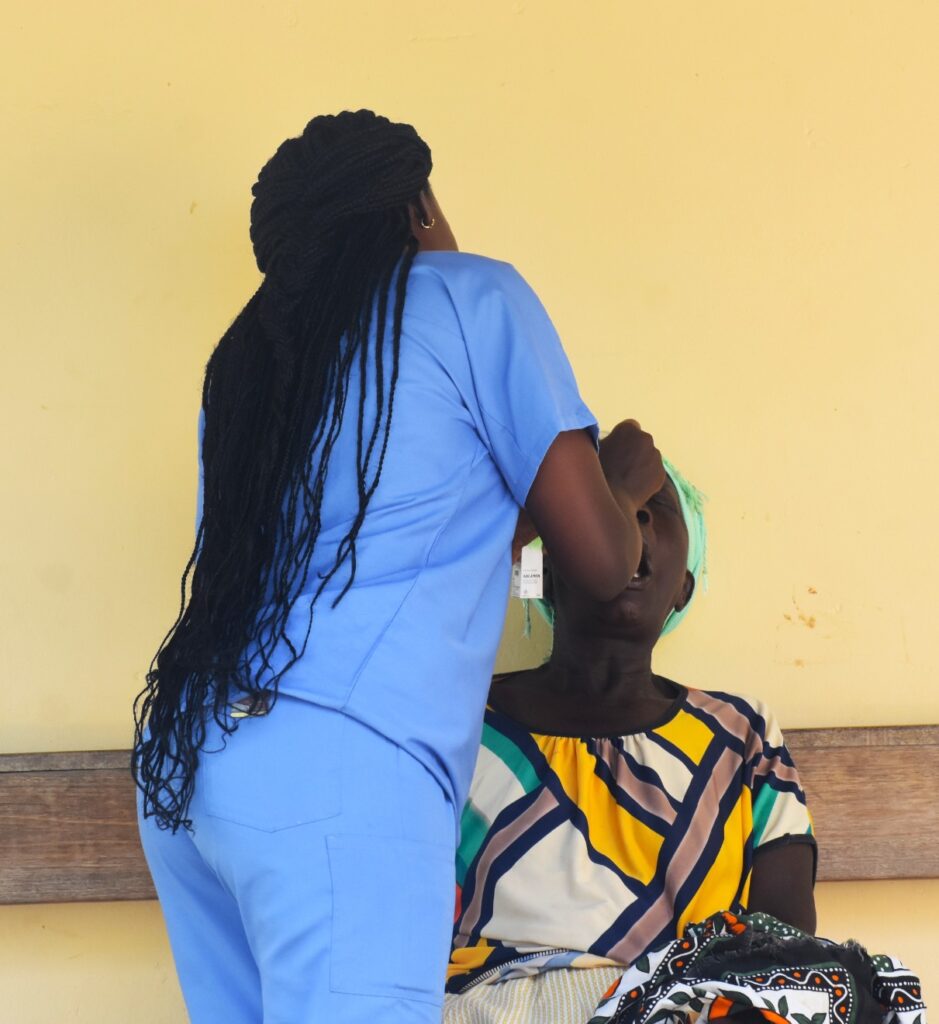
While it is a vital service, Shelter of Hope has to work in the midst of a constant stream of challenges. The clinic relies primarily on self-funding and donor generosity and the occasional handout from the government. This financial unreliability makes long-term planning difficult.
“The patient community we serve lives in deep poverty,” according to a staff member at one of the clinics. “Sometimes even a small fee is beyond their reach. We attempt to make it affordable, but it burdens our own funds.”
Other difficulties are the constant struggle of operating with a skeletal crew, the inflated cost of annual license renewals required to remain open, and the staggering health demands of an option- poor population.
A Call to Partnership: Securing the Shelter of Hope
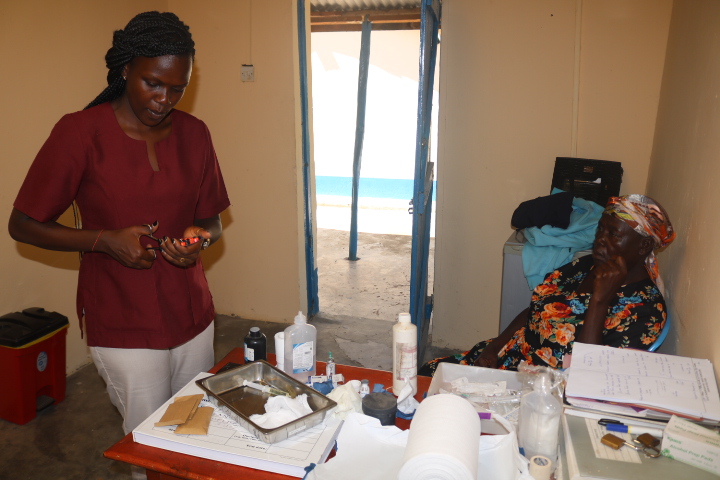
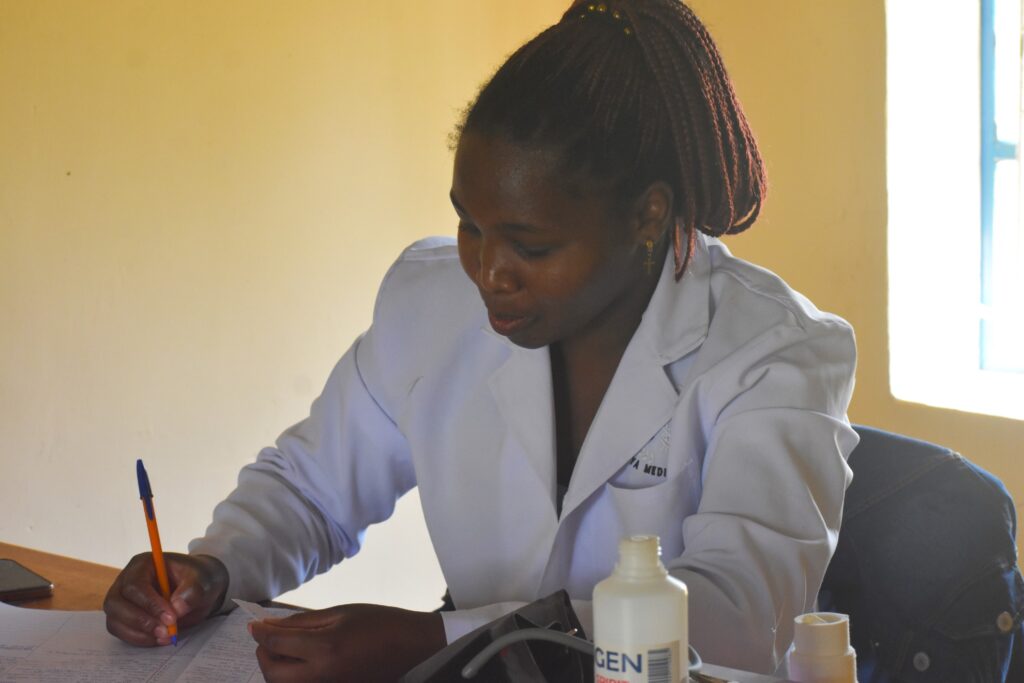
The name of the clinic is no coincidence. It is a storm shelter for disease and a beacon of hope for a healthy future. But in order to continue its vital mission, it cannot do it by itself.
The clinic’s key recommendations constitute a direct call to collaboration:
Sustainable Financing: Periodic financing would facilitate expansion of services, acquisition of necessary drugs, and refurbishment of critical medical devices.
Strengthening Partnerships: Collaborations with major NGOs, worldwide health organizations, and commercial sponsors would not only provide financing, but technical expertise, capacity building, and broader support networks.
Shelter of Hope Medical Clinic is not just a building; it’s a testament to a people’s right to health. It’s a heartening evidence that it only takes grass roots initiative born of interest and commitment to fill a basic gap in the healthcare system of a nation. Through supporting this clinic, partners and donors are not so much donating to give money for a building; they’re ensuring the health, dignity, and future of a whole people.
